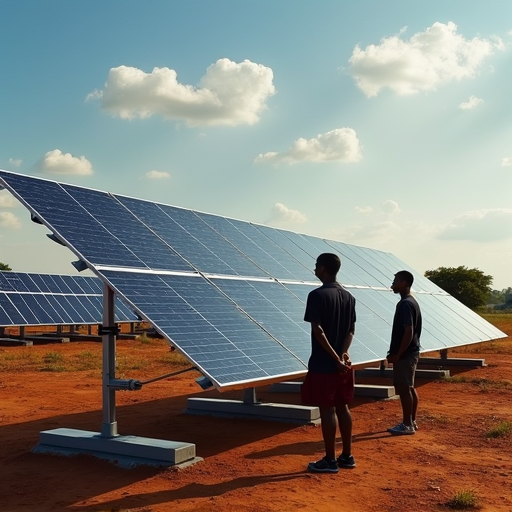
The Solar Boom in Africa: Leapfrogging Into Clean Energy
Africa, often referred to as the "Sun continent," boasts unparalleled solar potential. With vast cloud-free regions like the Sahara, Namib, and Kalahari deserts, the continent receives more hours of bright sunshine annually than any other. Despite this, Africa has historically lagged in solar energy adoption due to limited investment and infrastructure. However, decentralized solar initiatives are now transforming power access and resilience, particularly in regions without stable grids.
Unlocking Solar Potential
Africa's solar resources are immense, with over 85% of the continent receiving at least 2,000 kWh/(m² year) of solar irradiation. The eastern Sahara, for instance, records some of the highest solar radiation levels globally, with up to 4,300 hours of sunshine annually. This abundance positions Africa as a leader in solar energy potential, capable of meeting its own needs and even exporting surplus power.
Decentralized Solar Solutions
Decentralized solar systems, such as Pay-as-you-go (PayGo) models, are revolutionizing energy access in rural Africa. Companies like Yellow in Malawi are leveraging mobile money technologies to enable off-grid communities to afford solar power. These systems bypass the need for extensive grid infrastructure, providing reliable electricity to homes and businesses.
Challenges and Opportunities
While the solar boom is promising, challenges like financing, policy frameworks, and technological adoption remain. Collaborative efforts like the Africa Renewable Energy Initiative (AREI) aim to address these barriers, fostering sustainable energy growth. By prioritizing renewable energy, African nations can avoid the pitfalls of fossil fuel dependence and pave the way for economic and environmental resilience.
